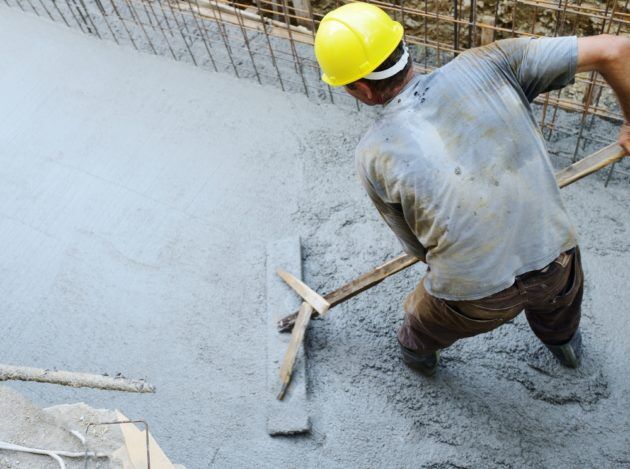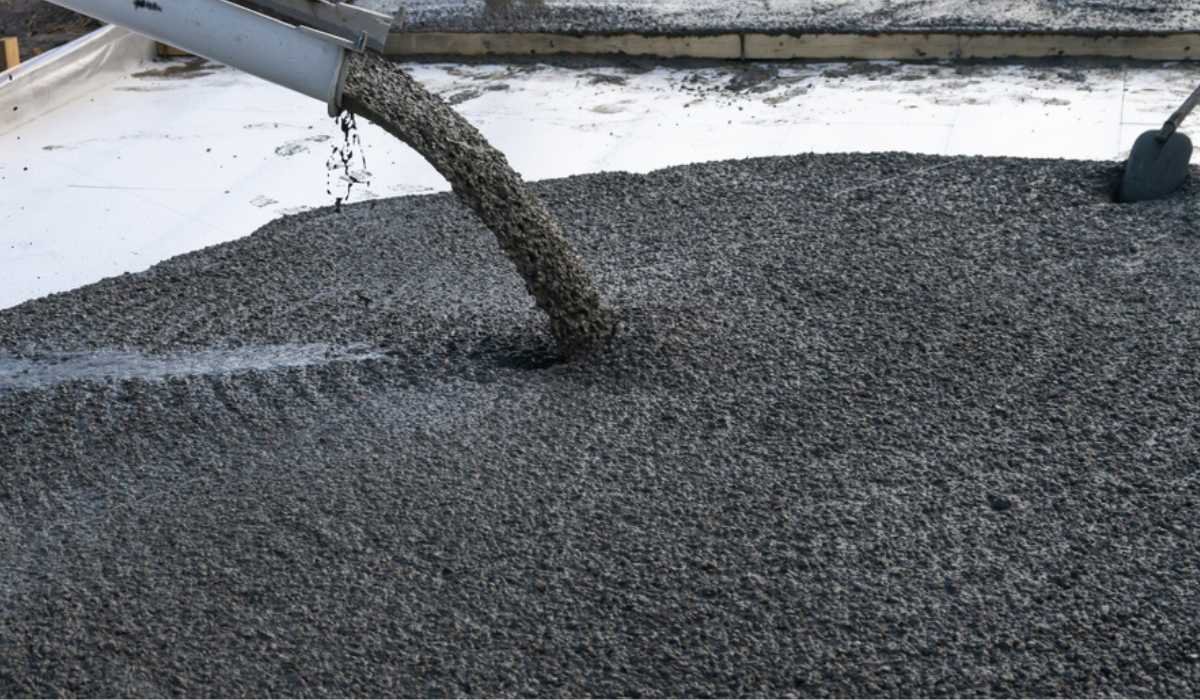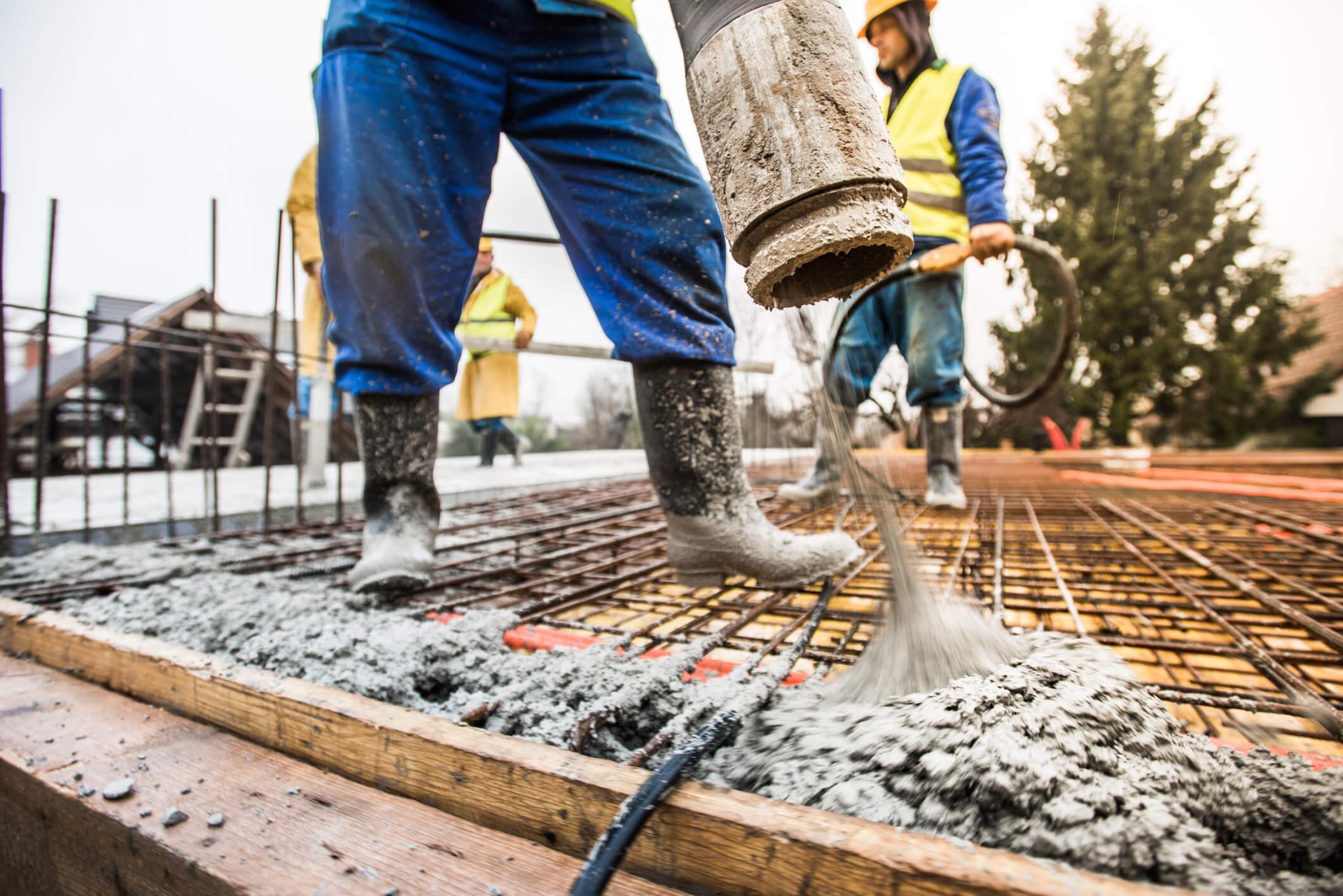Leading Concrete Contractors: Reliable and Expert Concrete Work
Leading Concrete Contractors: Reliable and Expert Concrete Work
Blog Article
Unveiling the Eco-Friendly Advantages of Making Use Of Recycled Concrete in Sustainable Building Practices
In the realm of sustainable building and construction techniques, the application of recycled concrete stands as an essential yet often undervalued resource. Beyond its standard applications, recycled concrete offers a myriad of environmentally friendly advantages that expand much beyond the confines of traditional construction products. From lowering ecological effect to enhancing cost-efficiency, the implications of including recycled concrete in lasting structure techniques are substantial. This versatile product not only addresses pushing ecological issues but additionally provides a practical solution to the obstacles dealt with by the construction sector at huge.
Ecological Benefits
By including recycled concrete into building techniques, there is a considerable reduction in the demand for brand-new raw materials, leading to preservation of natural sources. In addition, the use of recycled concrete diminishes the quantity of waste being sent to garbage dumps, thus lowering ecological pollution and relieving the strain on land fill capabilities (Concrete).

In comparison, recycled concrete has a lower carbon impact as it lowers the need for brand-new concrete manufacturing. In general, the environmental benefits of using recycled concrete are significant and play a vital function in advertising eco-friendly construction approaches.
Cost-Efficiency
Achieving cost-efficiency is a critical consideration when evaluating the application of recycled concrete in building projects. One of the crucial benefits of using recycled concrete is its cost-effectiveness contrasted to typical concrete.
Furthermore, the use of recycled concrete can lead to cost savings in garbage dump prices by diverting concrete waste from disposal sites. This not just lowers the ecological effect however also eliminates the prices connected with waste elimination. In addition, the resilience and performance of recycled concrete are similar to traditional concrete, making certain that price financial savings do not endanger the high quality of the building and construction.
Sturdiness and Strength
Recycled concrete offers equivalent, if not remarkable, toughness and stamina residential or commercial properties to typical concrete - Concrete. With innovations in processing techniques and high quality control, recycled concrete can fulfill or exceed the efficiency requirements of conventional concrete.

Waste Reduction
When it comes to utilizing recycled concrete, waste reduction is a crucial benefit that contributes considerably to ecological conservation. By incorporating recycled concrete right into building and construction tasks, this waste is repurposed and drawn away from anonymous land fills, lowering the total ecological effect of building activities.
Additionally, the use of recycled concrete can lead to cost financial savings for building and construction tasks, as it is typically extra inexpensive than sourcing and carrying new materials - Concrete. In verdict, waste decrease through the use of recycled concrete is an essential part of lasting construction practices that profits both the environment and the building market as a whole.
Energy Preservation
Power preservation is a critical aspect of lasting building and construction methods, intending to reduce the total energy usage related to structure operations and products manufacturing. Considerable power cost savings are attained contrasted to typical concrete production when it comes to using recycled concrete in building. The process of creating recycled concrete includes reusing and crushing existing concrete products, which eats much less power than mining, processing, and carrying basic materials for new concrete production. Additionally, using recycled concrete can aid reduce the demand for virgin aggregate, further decreasing the energy-intensive extraction and processing of natural deposits.
Final Thought
Finally, the usage of recycled concrete in sustainable building and construction practices provides various environmental benefits, cost-efficiency, sturdiness, stamina, waste reduction, and energy preservation. i was reading this By incorporating recycled concrete into building and construction tasks, we can add to an extra eco-friendly and lasting future. It is vital for the building and construction market to prioritize the use of recycled products to aid minimize the environmental impact of construction tasks.
One of the essential benefits of making use of recycled concrete is its cost-effectiveness compared to traditional concrete.In addition, the use of recycled concrete can lead to savings in garbage dump costs by drawing away concrete waste from disposal sites. The sturdiness and performance of recycled concrete are similar to traditional concrete, guaranteeing that price savings do not endanger the top quality pop over to this site of the building and construction.

Report this page